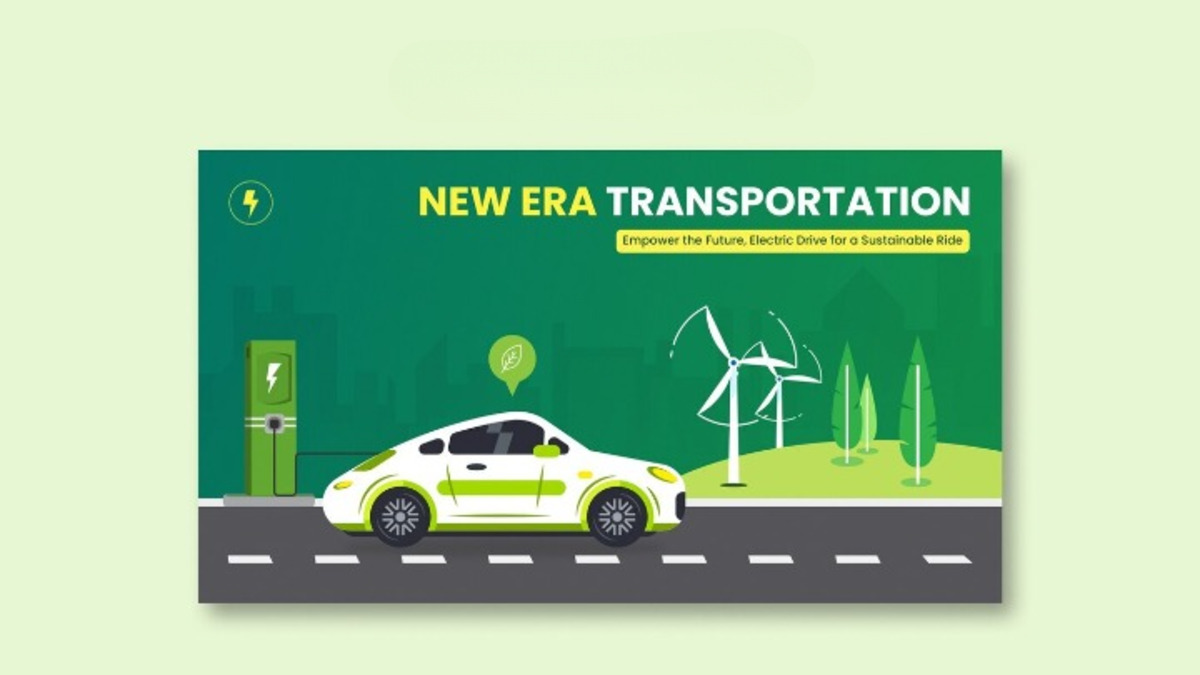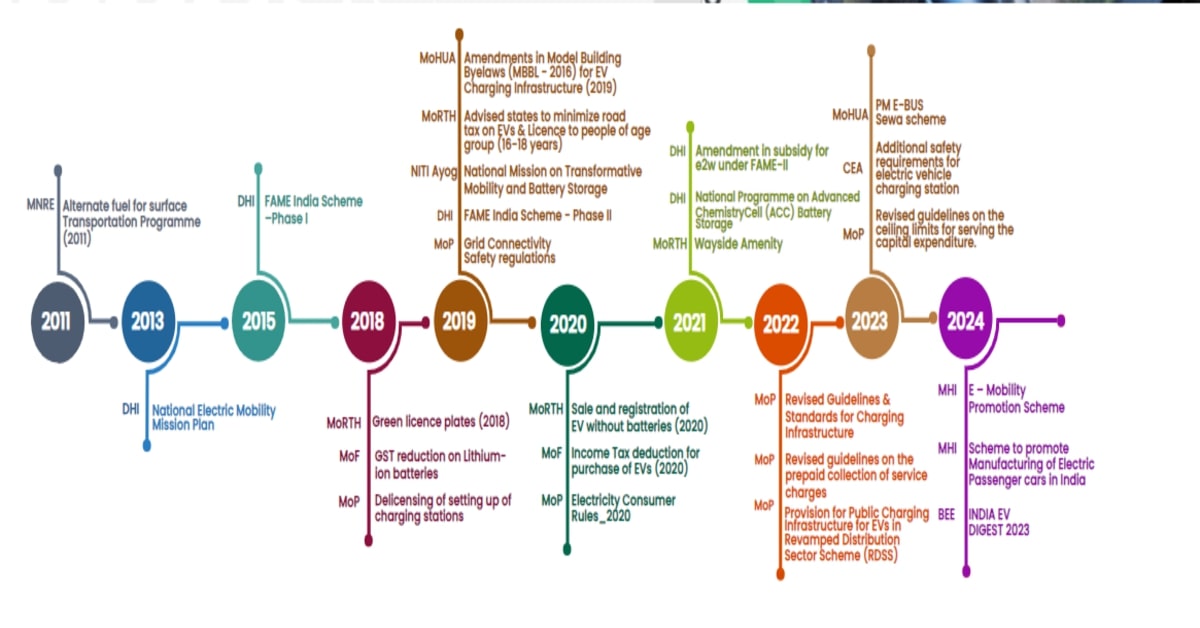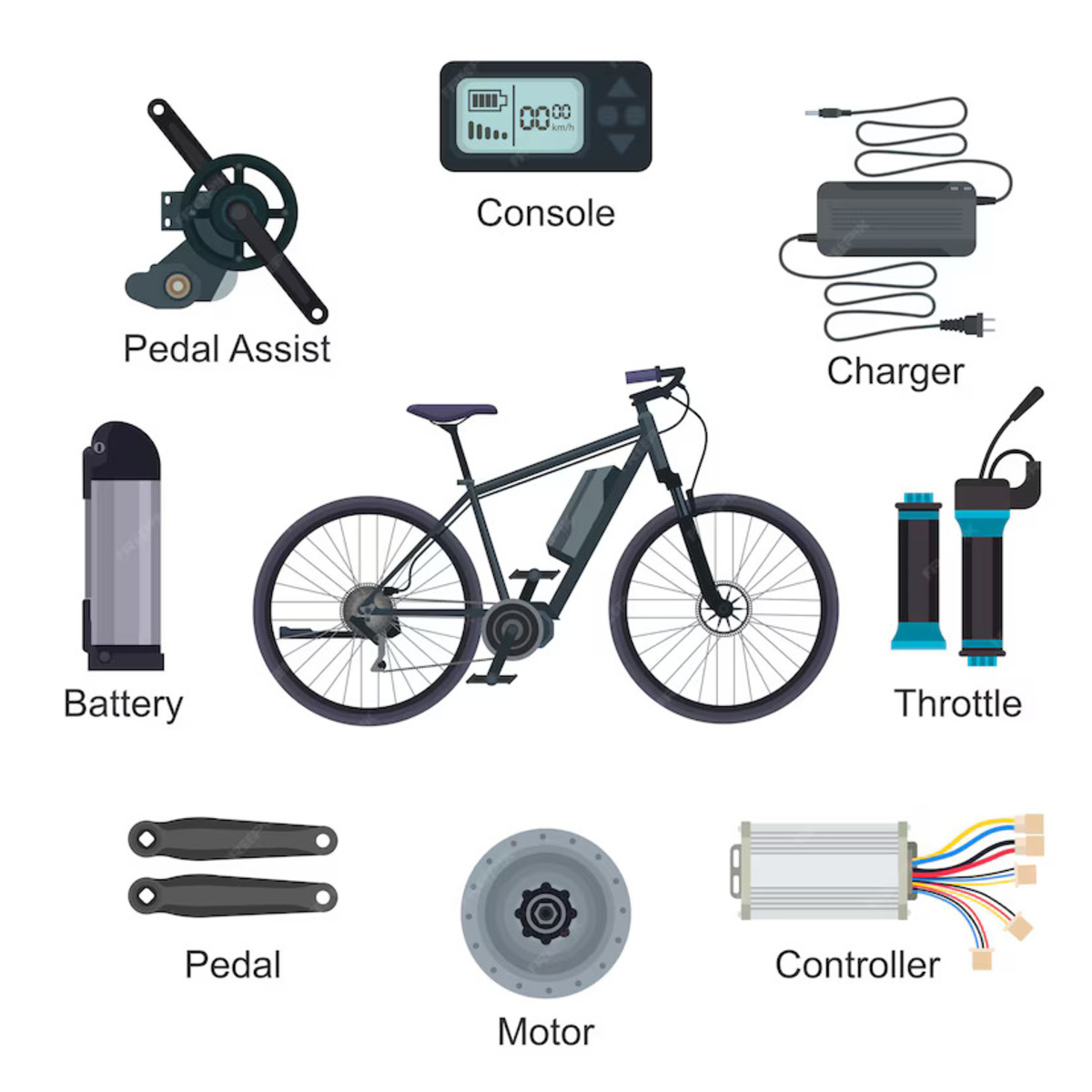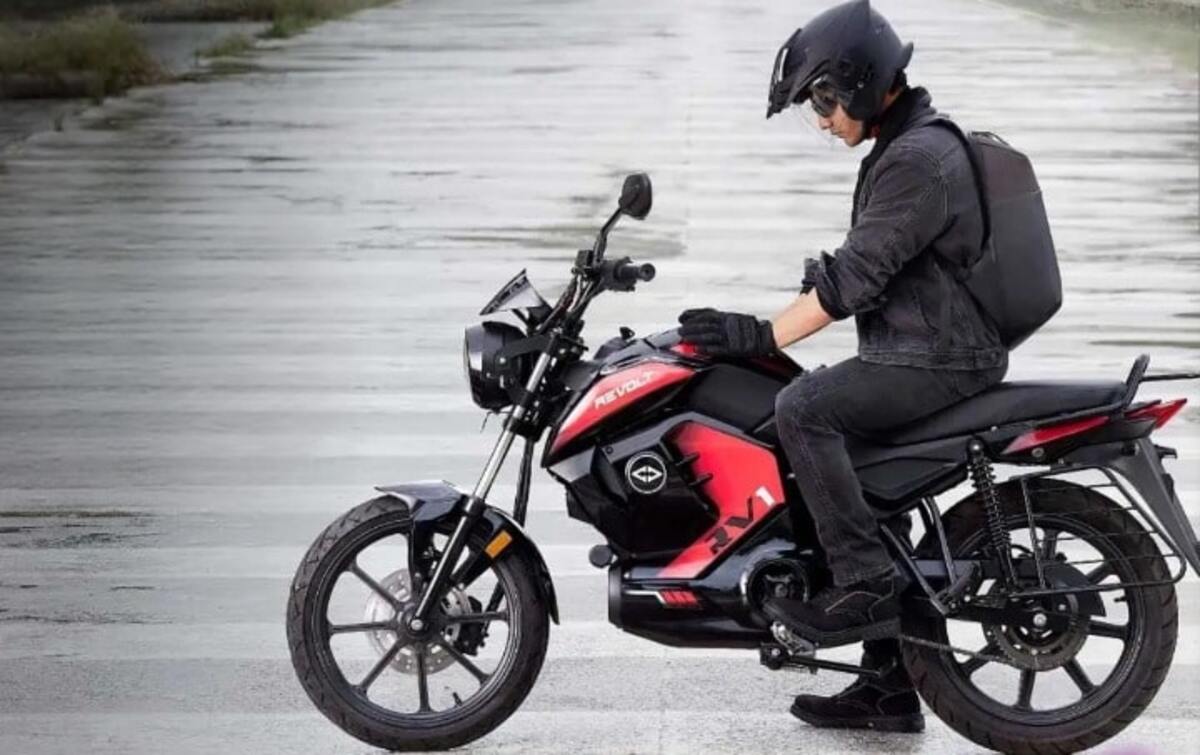What is The National Electric Mobility Mission Plan 2020 (NEMMP)?
The National Electric Mobility Mission Plan 2020 was introduced in 2013. The aim is to save fuel and promote the adoption of electric and hybrid vehicles. This mission aims to complete 6-7 million sales of electric and hybrid vehicles from 2020 onward. National Electric Mobility Mission Plan 2020 enhances eco-friendly transportation and sustainable growth.
The improvement in the technology of electric vehicles is one of the significant concerns of the government. To support the adoption of electric vehicles, the government of India aims to provide incentives through the National Electric Mobility Mission Plan 2020. This incentive disbursement follows an effective portal system. As a part of the Fame Scheme, the National Electric Mobility Mission Plan 2020 provides subsidies to manufacturers and buyers on electric or hybrid vehicles.
Objectives of the National Electric Mobility Mission Plan 2020:
The National Electric Mobility Mission Plan 2020 (NEMMP) has the following objectives that encourage India to become a leader in the electric vehicle market by reducing its harmful impact on the environment:
- Facilitates The Purchase of EVs
- Research And development
- Promote Rapid Charging Facilities
- Reduce The Consumption Of Fuel
- Public Awareness
Now we will provide you the insight of above points of National Electric Mobility Mission Plan 2020:
1. Facilitates The Purchase of EVs
NEMMP facilitates the purchase of hybrid or pure electric vehicles, building a sustainable eco-system.
2. Research And development
It aids in research and development in electric vehicle technology to boost economical, efficient, and consistent electric vehicles. It helps to achieve customer satisfaction.
3. Promote Rapid Charging Facilities
The National Electric Mobility Mission Plan 2020 promotes developing a robust charging infrastructure across the country to support EV adoption.
4. Reduce The Consumption Of Fuel
The purpose of the National Electric Mobility Mission Plan 2020 is to make people aware of the benefits of electric vehicles and encourage them to buy EVs in place of traditional vehicles. It will reduce the consumption of fuel, leading to a pollution-free environment.
5. Public Awareness
NEMMP promotes educating consumers and raising awareness about the benefits of electric vehicles.
Features of the National Electric Mobility Mission Plan (NEMMP):

NEMMP prioritizes the adoption of electric vehicles. It focuses on making buying an electric vehicle the first choice of the customer. Traditional vehicles can switch to electric vehicles, which reduces fuel usage. The purpose of launching the National Electric Mobility Mission Plan 2020 was to make electric vehicles economical. The government has initiated several steps to enhance the acquisition of electric vehicles. Some are mentioned below:
- The government has declared a reduction in tax on the purchase of electric vehicles.
- This National Electric Mobility Mission Plan 2020 offers a major push for the purchase of electric or hybrid vehicles.
- The government sanctioned Rs. 75 crore as a preliminary expenditure cost for this plan.
- The government slashed the GST rate from 28% to 12% on electric vehicles.
- The incentives or subsidies will be given through a portal or an electronic structure.
- The government extended the incentives not only to two-wheelers but also to three-wheelers, buses, and LCVs (light commercial vehicles) to push the market for electric vehicles.
- The Ministry of Road Transport and Highways issued a notice for ‘exclusion of permit’ on the purchase of battery electric vehicles. It promotes electric mobility.
- The government of India focuses on domestic production and in-house technology on a large scale. It enhances the market for electric vehicles.
What is the Fame Scheme?
The Fame Scheme is a vital part of the National Electric Mobility Mission Plan (NEMMP)-2020, with the purpose of diminishing dependency on fossil fuels and harmful gases. There has been a prominent growth in pollution because of the emissions of harmful gases from vehicles. The government of India encourages people to buy electric or hybrid vehicles to protect the environment from harmful gases. The government of India launched FAME (faster adoption and manufacturing of electric vehicles) schemes under the National Electric Mobility Mission 2020 in the union budget for 2015–16.
The Department of Heavy Industry (DHI) regulates the Fame Scheme. This scheme provides incentives for the purchase of electric vehicles, whether they are two-wheelers, three-wheelers, or four-wheelers. The government planned an initial outlay of Rs 75 crore with the purpose of encouraging the adoption of electric vehicles.
The Fame Scheme works in two phases:
Phase I: The Fame I scheme was introduced on April 1, 2015, and continued until March 31, 2019. The allocation of Fame I was Rs. 895 crores.
Phase II: The Fame II launched in April 2019 and operated until March 31, 2024, to support the purchase of electric vehicles. Its budget was Rs. 10,000 crore.
Objectives of the Fame Scheme
The Fame Scheme is an acronym for Faster Adoption and Manufacturing of Electric Vehicles. Its foremost aim is to stimulate the intensive adoption of electric vehicles.
It contributes to a clean and green environment with sustainable transportation. The Fame scheme plays a significant role in addressing the vehicle emission issue. However, it places a strong emphasis on promoting research and development in the automobile industry.
- Promote Electric Vehicles
- Reduces The Pollution Level
- Conversion Of Vehicles
- To Build Charging Infrastructure
1. Promote Electric Vehicles
The government launched this scheme to enhance the production of electric vehicles. Electric vehicles save not only our climate but also our lives, as emissions from gasoline or diesel vehicles lead to various health issues.
2. Reduces The Pollution Level
The increasing demand for electric vehicles surely reduces pollution emissions and helps to lessen the carbon footprint.
3. Conversion Of Vehicles
The scheme aims to retrofit the vehicles. It is supposed to convert 30% of vehicles by the year 2030.
4. To Build Charging Infrastructure
Its goal is to build several charging infrastructures to promote the adoption of EVs. It helps to reduce the anxiety of EV owners.
Features of the Fame I Scheme
- The focus areas of the Fame I scheme were technology improvement, demand creation, building charging infrastructure, and pilot projects.
a) Demand Creation: This scheme surges the demand for electric two-wheelers, three-wheelers, and four-wheelers.
b) Pilot Projects: It initiates testing the pilot projects and implements new technologies.
c) Charging Infrastructure: It focuses on the installation of charging stations that stimulate the demand for electric vehicles.
d) Technology Improvement: It prioritizes showcasing the improvement in technology.
2. With a budget of Rs. 895 crores, this scheme supports almost 2.8 lakh EVs.
Features of the Fame II Scheme
- Fame II also aims to support the adoption of electric vehicles, whether they are for public or shared transportation.
- The financial support for this scheme was Rs. 10,000 crore.
- This scheme places emphasis on the installation of 2700 charging stations, including in hilly states, metros, and highways. This scheme offers Rs. 1,000 crore for building charging stations.
Advantages Of The Fame Scheme In India
- The primary focus of the Fame Scheme was to enhance an eco-friendly environment.
- It offers a significant reduction in fuel consumption.
- It provides incentives and subsidies for different segments of electric vehicles.
- It uses renewable energy sources through multiple charging stations.
You may have missed to read:
Electric Mobility Promotion Scheme 2024
Benefits And Subsidies for Electric Vehicles
The Optimistic Future of Electric Vehicles: Driving Towards a Sustainable Tomorrow
10 Things To Know When Buying An Electric Vehicle
Is This The Right Time To Buy An Electric Vehicle?
Impact Of Electric Vehicles On Indian Economy
Conclusion
The National Electric Mobility Mission Plan 2020 and Fame Scheme are part of a broader strategy to enhance energy security and address environmental issues via sustainable transportation systems. They mitigate the impact of vehicular pollution. These comprehensive strategies help to accelerate the adoption of electric vehicles by conveying environmental and energy security goals through targeted incentives and subsidies. The National Electric Mobility Mission Plan 2020 aimed to create a conducive environment for the adoption of electric vehicles in India, addressing challenges such as high initial costs, lack of charging stations and range anxiety.




